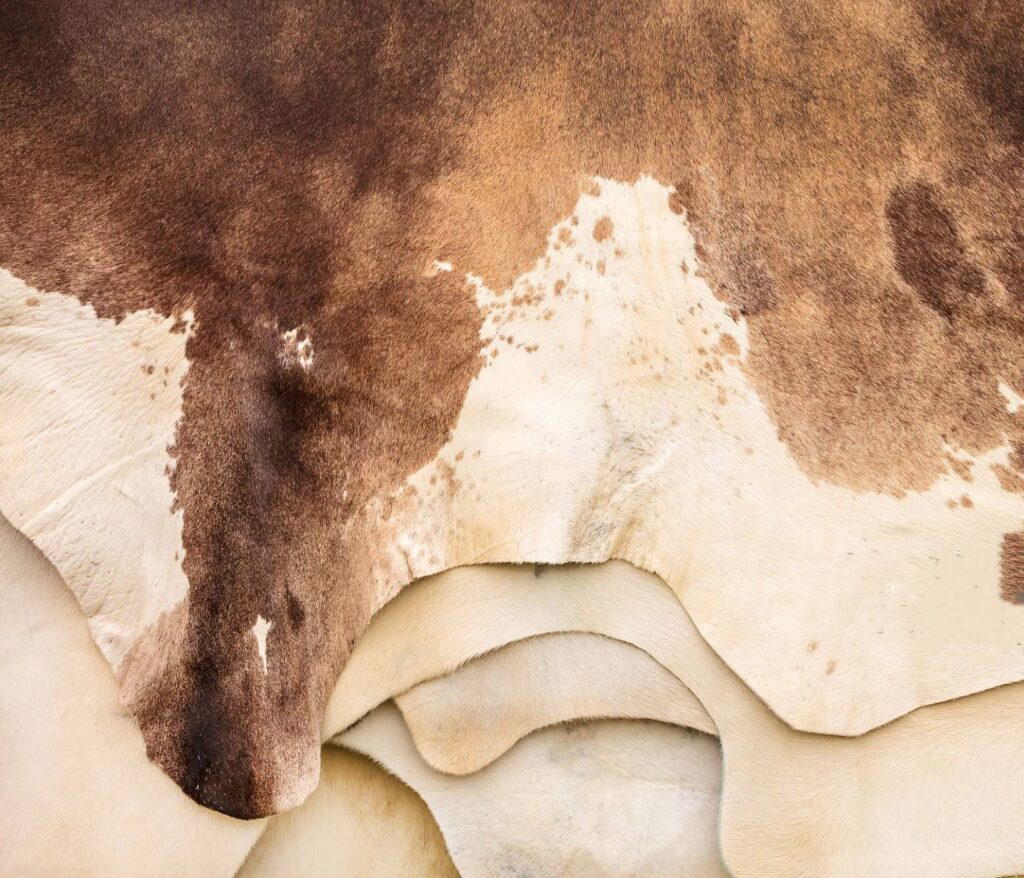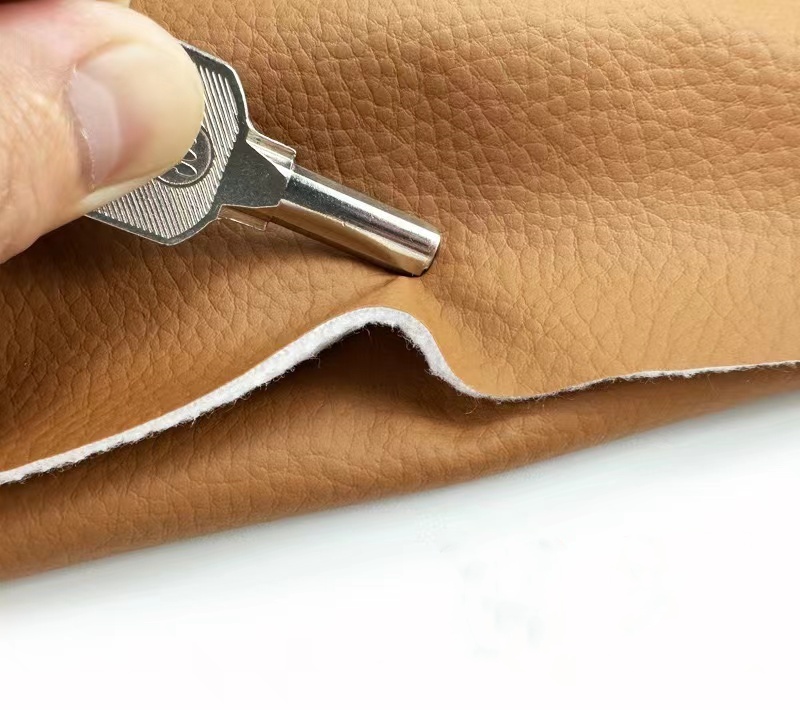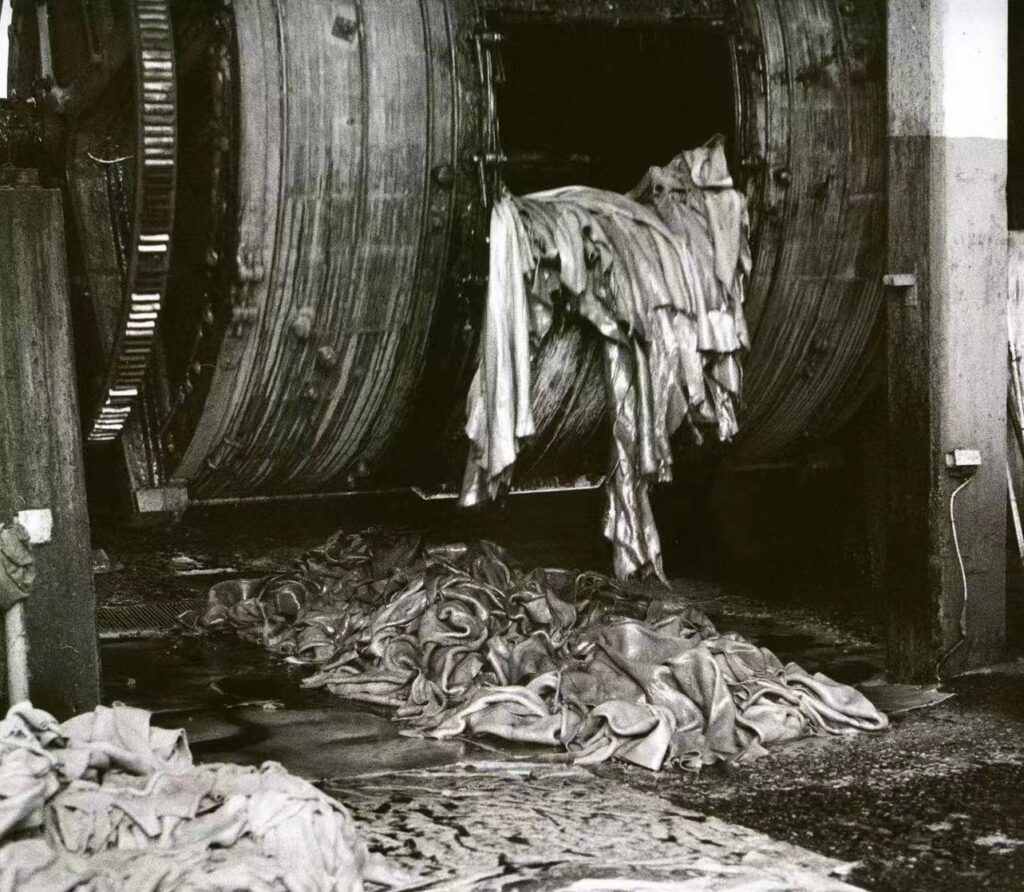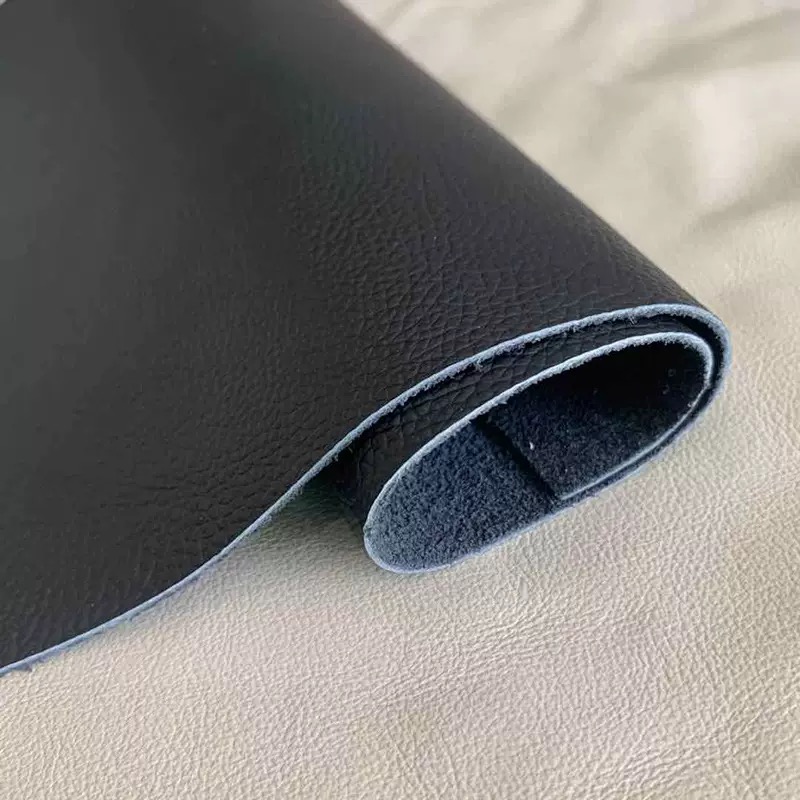What Is the Environmental Impact of PVC Synthetic Leather Compared to Genuine Leather?
- November 18, 2024
How do you pick sustainable materials in today’s environmentally conscious world? The debate rages on about PVC leather vs. genuine leather. Let’s take a look at the environmental footprint and sustainability of each.
PVC leather is made from petrochemicals, making it recyclable. On the other hand, genuine leather is the skin of animals, resulting in much higher environmental costs. Both materials have their issues, but PVC leather offers greater recyclability and eco-friendly opportunities.
So what do you say? Are you ready to make your decision? Let’s look at the raw materials, production processes, and sustainability of PVC leather vs. genuine leather.
Table of Contents
What Is PVC Leather Made Of?

Material composition is essential to understanding PVC leather’s performance and impact.
PVC leather is made from polyvinyl chloride (PVC) resin, plasticizers, stabilizers, and fabric backing, offering versatility and durability. Learn more about PVC leather composition and understand the role of plasticizers.
PVC synthetic leather is a man-made material derived from PVC resin. It is combined with additives like plasticizers to make it flexible, stabilizers for durability, and applied to a fabric base to enhance strength. This composition creates a cost-effective and versatile product used across industries like furniture, automotive, and fashion. Explore the manufacturing process and discover its applications.
What Is Genuine Leather Made Of?

The natural origins of genuine leather contribute to its unique properties but require significant resources.
Genuine leather is crafted from animal hides, typically cowhide, through a tanning process that enhances durability and texture. Discover how genuine leather is produced and learn about the tanning process.
Genuine leather originates from animal hides, often cowhide, and undergoes an intensive tanning process. This treatment softens and preserves the leather, enhancing its texture and durability. However, the production is resource-heavy, requiring substantial water and chemicals, which increases its environmental impact. Understand the environmental costs and explore sustainable tanning methods.
What Is the Difference Between PVC and Genuine Leather?
Understanding the core differences helps determine the best material for specific needs.
PVC leather is synthetic, cost-effective, and tough, while genuine leather is natural, luxurious, and resource-intensive. Compare PVC and genuine leather and explore their respective benefits.
PVC leather replicates real leather’s look at a much lower price. It’s water-resistant, durable, and available in various colors and textures. However, it doesn’t breathe like real leather and lacks the cool texture that many people love. Genuine leather is synonymous with luxury, offering a natural feel and authenticity. However, it comes with higher environmental costs due to the resource-intensive processes required to produce it. Learn about the luxury of genuine leather and understand the limitations of PVC leather.
Is PVC Leather Good Quality?

The quality of PVC leather is all about perception, intended use, and the standards in your manufacturing process.
PVC leather is water-resistant, sturdy, and feels great. It is a practical, high-quality material for various applications. Explore the quality of PVC leather and understand its applications.
PVC leather is a high-quality option for many different industries because it resists water and stains and is durable. You can tailor it to fit needs for texture, color, and thickness. Will it ever feel like real leather? Yes. With the development of technology, the texture of PVC synthetic leather has become infinitely close to that of genuine leather. If you need something durable to get the job done without spending a lot of money, it’s the way to go. Learn about advancements in PVC leather and see how it matches genuine leather.
How Do the Production Processes Impact the Environment?
Now let’s talk about the production process and sustainability.
Production methods are where you can compare raw materials and make the most significant impact difference with PVC leather versus genuine leather. Understand production impacts and explore sustainable practices.
PVC leather manufacturing involves adding PVC resin to plasticizers, UV stabilizers, cold-crack additives, and color in a chemical reaction process using moderate amounts of energy. This process releases volatile organic compounds (VOCs) and other pollutants, posing environmental challenges. However, PVC leather can be recycled, offering potential environmental benefits.

Tanning genuine leather is the process of using harsh chemicals including chromium that create toxic waste and pollute the environment. Although several well-regarded leather manufacturers practice methods to recycle their water, it is not a common practice. Therefore, most tanneries with their waste products still find their way into the environment and community. Learn about PVC production and understand the tanning process.
What Are the Sustainability Advantages of PVC Synthetic Leather?
Can PVC leather offer sustainable advantages over genuine leather?
Yes, PVC leather is recyclable and benefits from modern manufacturing advancements, while genuine leather is harder to recycle and involves greater environmental costs. Explore the sustainability of PVC leather and compare recycling processes.
PVC leather can be recycled into new products, extending its lifecycle and reducing waste. Advances in PVC production processes have minimized emissions and chemical usage, making it a more eco-friendly option. In contrast, genuine leather, though biodegradable, is costly and challenging to recycle due to the chemical treatments it undergoes, limiting its sustainability. Learn about PVC recycling and understand genuine leather’s sustainability challenges.
Conclusion
PVC synthetic leather and genuine leather both have their strengths and limitations. PVC leather offers recyclability and cost-effectiveness, making it a more sustainable option in terms of resource usage and ethical considerations. Conversely, genuine leather provides natural authenticity and luxury but at a higher environmental cost due to resource-intensive processing and animal farming.
The choice between PVC synthetic leather and genuine leather depends on your priorities in sustainability, quality, and application. If you’re aiming for eco-friendly and cost-effective solutions, PVC leather is the way to go. However, if you prioritize luxury and authenticity, and are willing to bear the environmental costs, genuine leather might be your preferred choice. We hope this evaluation helps you make a more informed and responsible decision.
Request A Quote for Your Leather Projects!
Share the post now:
You may also find these topics interesting

What Role Does Surface Texture Play in Artificial Leather Design?
Surface texture transforms artificial leather by enhancing aesthetics, feel, and function—key to making products stylish, realistic, and uniquely your own.

Artificial Leather vs Microfiber Leather: What’s the Difference?
Explore the key differences between artificial leather and microfiber leather—from material makeup to durability—to help you choose the right option for your business needs.
